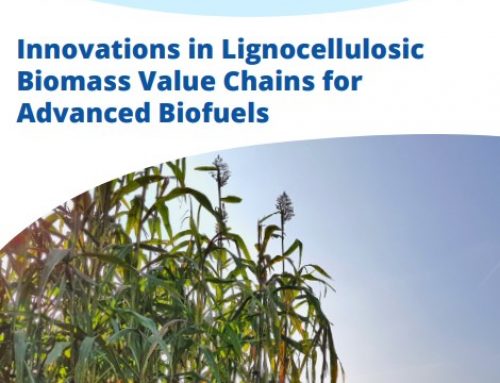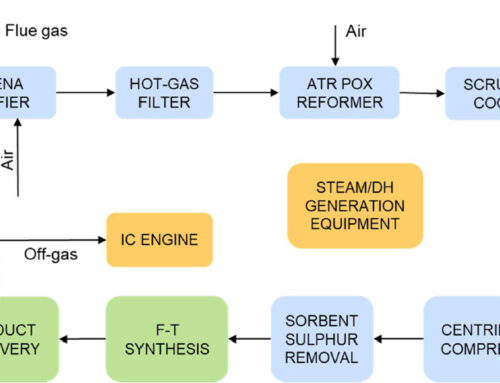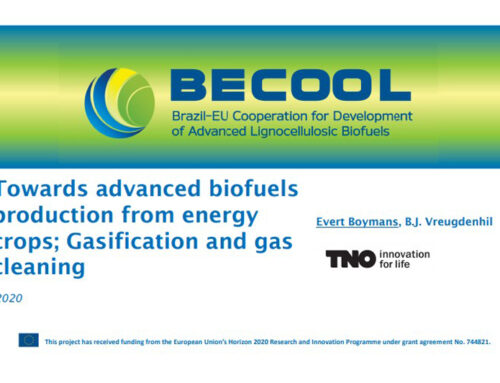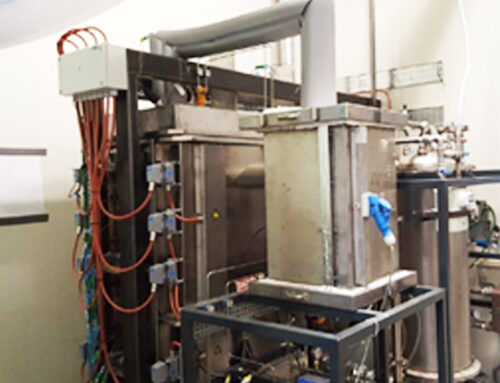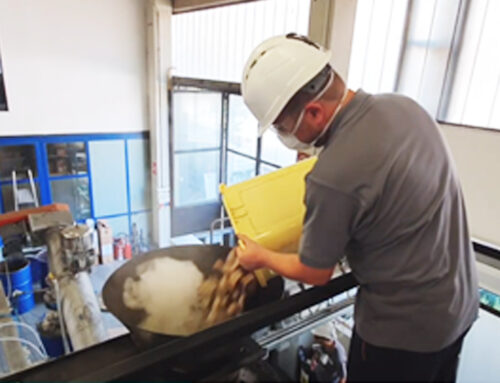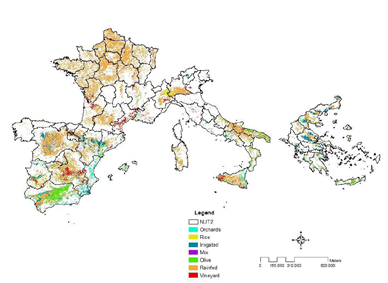
Agricultural areas of crops which produce residues for NUTS 2 regions of Spain, France, Italy and Greece
In 2020 a review of existing literature on biomass availability assessments was conduced as part of the work package “biomass production and feedstock diversification for advanced biofuels” of BECOOL. The results were published in September 2020 in a report by M. Chirstou (CRES), Paloma Perez Ortiz, Carlos Martín Sastre and Pilar Ciria (CIEMAT), which provides a comprehensive assessment of the available agricultural, forest and industrial lignocellulosic residues of potential interest for advanced biofuels, in both EU and Brazil. The literature review was supplemented by a spatial analysis using the BIORAISE model. The report finds that estimations can be diverse and wide-ranging depending on the targets, the models and the assumptions used. In Europe, agricultural residues that are available and meet the sustainability criteria, are reported to range between 139 to 182 Mt in 2030 and could reach 286 to 567 Mt dm in 2050. In all the studies considered, straw is the dominant agricultural residue available.
Forest residues that are available and meet the sustainability criteria are reported to range from 44 tons to 500 Mt dry matter in 2010, to 584 Mt in 2020, and could reach more than 600 Mt dm in 2050.The potential of sustainable biomass production from forests consists of stem wood, primary forestry residues, e.g., logging residues, early thinnings and extracted stumps, as well as secondary forest residues from wood processing industries. Optimized logistics could significantly increase the availability of residual biomass for energy and fuels. Energy crops can be a significant asset to increase biomass feedstock, supplementing the biomass from agricultural and forest residues.


